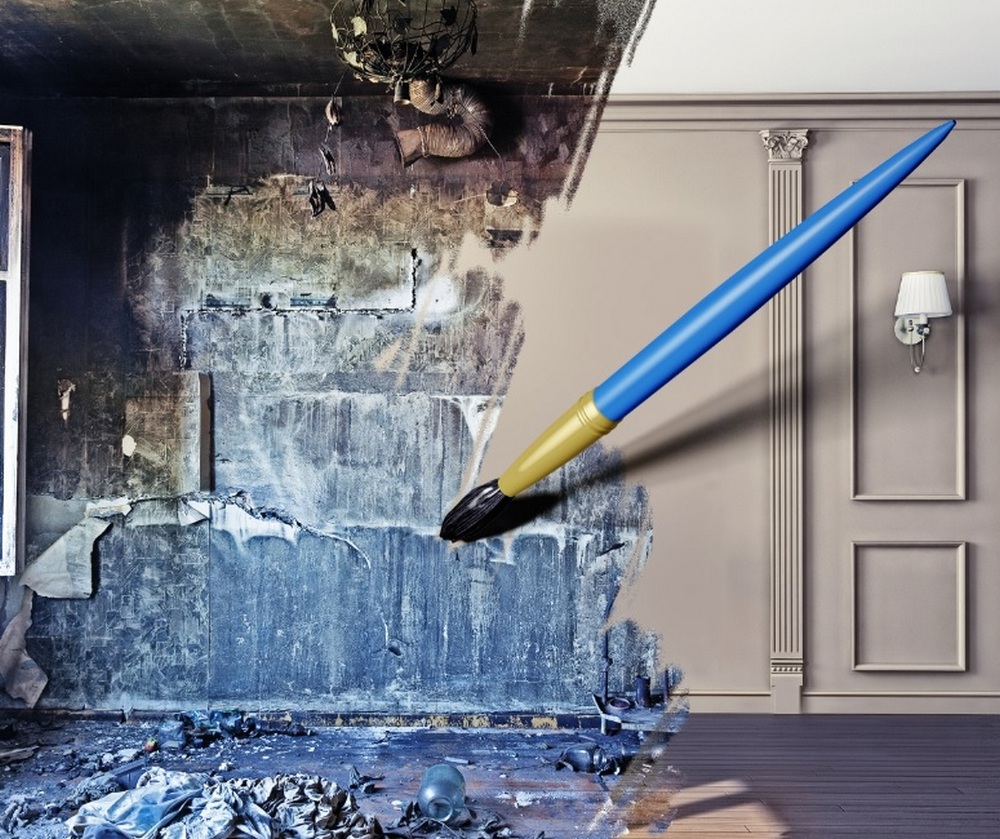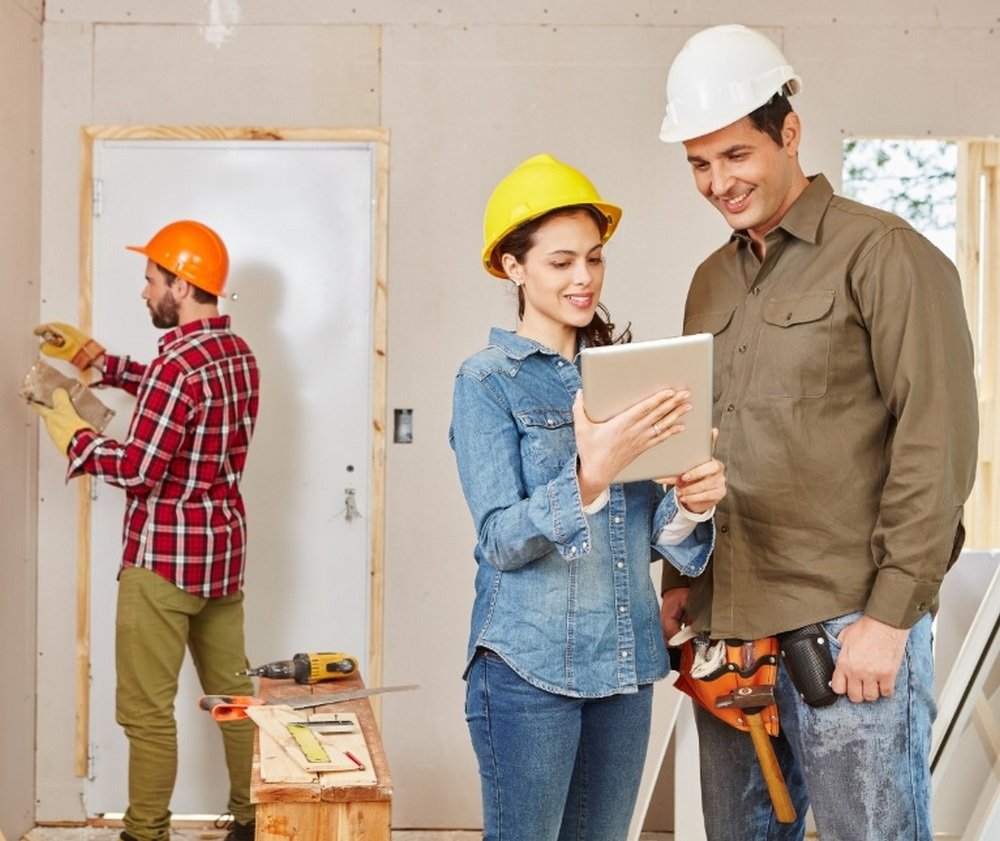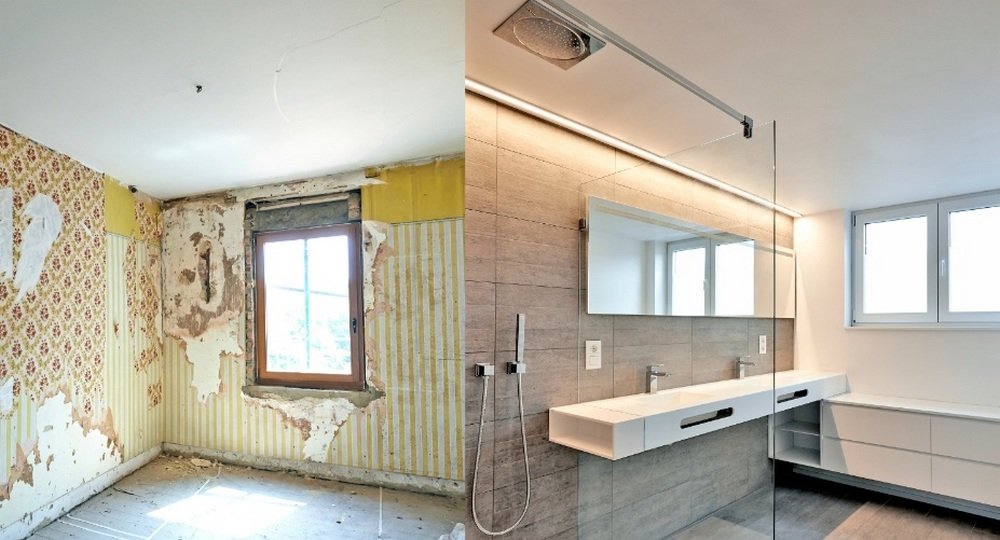Get the week's most popular posts delivered to your inbox.
Our weekly update is free yet priceless and you're less than a minute away from getting the current edition.
In the unlikely event we disappoint, you can unsubscribe with a single click!
Last Updated on October 23, 2025 by teamobn
Revamping a pre-loved house is a special and satisfying task. It lets you keep the past alive while adding new features for today’s lifestyles and the design aesthetics that will fulfill your family’s wants and needs.
But finding the right balance between maintaining old-house attributes and making them suitable to current life necessities needs careful thinking and planning. This information gives advice about refurbishing an old house yet keeping its special character.
How to Renovate an Old House?
When starting any renovation project, it’s very important to know the history and architectural style of your house. By looking into details like the era when the house was built, what materials were used in its construction, and the original design intentions can give you important information.
This understanding will help guide your choices and keep up the character of the house. For instance, if your house was built during the Victorian era, you may desire to keep decorative features such as detailed woodwork, stained glass windows, and old fireplaces that represent this style.
Assessing the Structural Integrity
To begin with, it’s important to evaluate the strength and solidity of an old house. Engage a competent, qualified person to carry out a detailed inspection so as to discover any problems with the basic structure – including foundations and flooring, the walls, windows, roof framing and trusses. The inspection should also cover the electrical wiring and switchboard, all plumbing and drainage and, if appropriate, the home’s insulation.
If any major problems are uncovered, it’s essential that you solve – or, at the very least, plan and budget for – these basic issues before you start making any changes to the project.
The bottom line here is that you need to ensure that the house is structurally sound. This step ensures there are no issues in the future and creates a safe living place. It could mean making the foundations stronger, changing old wiring, or updating plumbing systems.
Preserving Original Features
A special charm of old houses is that they have singular details. Whenever you can, keep and protect original items like hardwood floors, moldings, doors, and windows as well as as any built-in closets. By restoring instead of changing these features, the house keeps its unique character and genuineness.
In a similar manner, fixing up genuine hardwood floors can restore their inherent loveliness. To preserve the attraction, old windows may be repaired and repainted for better energy efficiency. Also, keeping up with built-in closets adds usefulness and a bit of a historical feel to the house.
Blending Old and New
A good renovation is about making things blend together well, where new things mix with old to create a living space that feels balanced. When you bring modern parts or pieces into your house, make sure they match the materials and design of the current building style.
For example, you could update the kitchen by adding contemporary appliances and countertops while keeping the original cabinetry unchanged. In the same manner, you can install contemporary lighting fixtures in a manner that emphasizes your house’s historical characteristics.
The crucial point here is to ensure any fresh elements are added to improve and not dominate the original design.
Choosing Appropriate Materials
In the selection of materials, it is very important to use items that match or go along with what already exists in the old house. This keeps a continuous appearance. For instance, if your house has original brickwork then you should attempt to find bricks similar in kind for any fixing work or expansions.
Likewise, the usage of tiles, fixtures, and fittings that match the time period in bathrooms and kitchens. This focus on details helps to maintain historical authenticity while also making sure new elements fit smoothly with existing ones.
Updating for Energy Efficiency
Alongside maintaining the old house’s character, it is necessary to renovate for energy efficiency too. Many times, older houses don’t have good insulation and their windows let in drafts which can result in more expenses for energy use.
Think about including insulation in walls, floors, and roofs; change out single-pane windows with double-glazed ones that keep the original style. Putting in a new HVAC system to enhance heating and cooling, while preserving the character of the house.
These adjustments are not just about making it more comfortable but also minimizing its environmental impact.
Modernizing Kitchens and Bathrooms
Usually, the kitchen and bathroom are parts of an old house that need updating. Making these areas modern can greatly improve how functional and attractive your home is overall.
For the kitchen, you might think about putting in new appliances, countertops, and light fixtures while keeping or copying original cabinets and woodwork. For the bathroom, modernize plumbing fixtures and tile work to boost usefulness and appearance.
Choose designs that are timeless and match the style of the house, like clawfoot tubs or sinks on pedestals for a Victorian residence.
Enhancing Curb Appeal
The outside of an old house, its first impression, is as significant as the inside. Improving curb appeal could raise a home’s worth and make it more welcoming. Keep up with or bring back original elements like porches, shutters, and trim work.
Select outside paint colors that represent the house’s era and think about landscaping that matches its style. For instance, a cottage garden can boost the attractiveness of a Victorian residence while a more organized landscape might be suitable for a Colonial-style home.
Giving importance to these factors guarantees that the house keeps its history charm and becomes noticeable in the area.
For a deeper dive into how to preserve original architectural details while you modernise, check out our follow-up guide: on how to preserve old homes by renovating.
Creating Functional Living Spaces
In past times, houses used to have smaller rooms that were divided into sections. However, such room arrangements might now appear crowded compared to modern standards.
You can make functional living spaces and keep the house’s character by thinking about design aspects like opening walls for bigger, more open areas to live in – yet still maintaining respect towards the original layout. One instance could be merging a kitchen and dining room to make an airy and useful space.
You can keep some architectural features like arches or beams for separating various zones in an open-plan design, which helps in maintaining the feeling of the original house structure.
To Wrap It Up
Renovating an old, character-filled house can be challenging but rewarding. Understand the home’s history, assess its structure, preserve original features, and thoughtfully blend old with new. Use suitable materials to improve energy efficiency, modernize kitchens and bathrooms, enhance curb appeal, and add contemporary comforts while respecting historical integrity. Proper organization will allow you to enjoy both the charm and modern conveniences of your renovated home.
Get the week's most popular posts delivered to your inbox.
Our weekly update is free yet priceless and you're less than a minute away from getting the current edition.
In the unlikely event we disappoint, you can unsubscribe with a single click!






